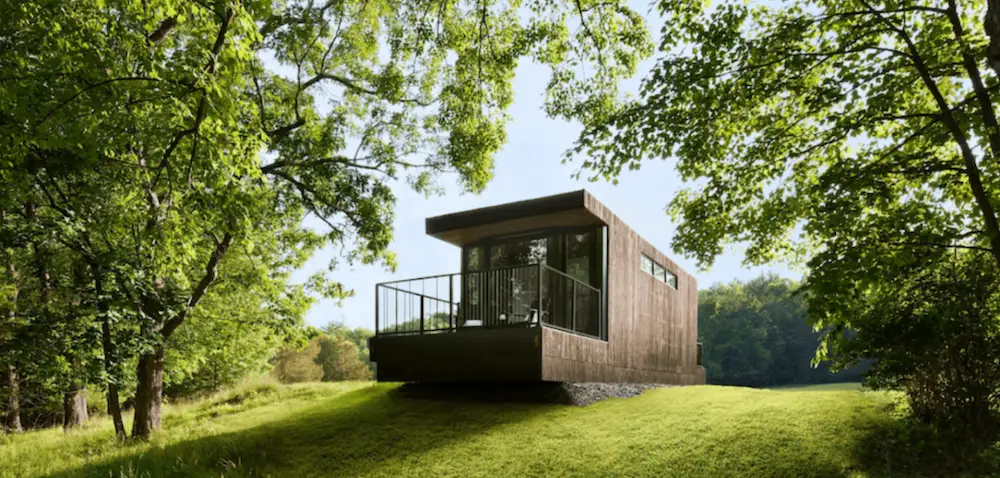Have you ever wondered about the legality of living in a tiny home in Kansas? Well, you’re in luck! In this article, we will explore the regulations and restrictions surrounding tiny homes in the state of Kansas. Whether you’re a minimalist looking to downsize or simply intrigued by the idea of tiny living, join us as we uncover the rules that govern these compact dwellings in the heartland of America.
Are Tiny Homes Legal in Kansas?

Introduction
If you’ve ever dreamed of simplifying your lifestyle and downsizing to a tiny home, you may be wondering if this housing option is legal in Kansas. Tiny homes have gained popularity in recent years for their affordability, sustainability, and flexibility. In this article, we will explore the legal landscape of tiny homes in Kansas, including zoning regulations, building codes, and potential challenges. So, grab a cup of coffee and let’s dive into the world of tiny homes in the Sunflower State!
Understanding Zoning Regulations
Zoning regulations play a crucial role in determining where and how tiny homes can be legally situated in Kansas. Each city and county in the state has its own set of zoning ordinances, which dictate the allowable land uses, minimum lot sizes, and building requirements for various types of dwellings.
Municipal Zoning Ordinances
In many Kansas cities, the definition of a “dwelling” is often based on a minimum square footage requirement, with tiny homes typically falling below the established threshold. However, some municipalities have recognized the growing demand for alternative housing options and have introduced amendments to their zoning codes to accommodate tiny homes.
For example, the city of Lawrence passed an ordinance in 2020 allowing for the construction of “cottages” – tiny homes with a maximum size of 500 square feet. This change sparked a wave of interest in tiny homes within the community and provided a legal framework for those looking to embrace this lifestyle.
Rural Areas and Counties
In rural areas of Kansas, where the zoning regulations may be less restrictive, individuals have more flexibility when it comes to building and living in tiny homes. However, it is essential to research and understand the specific rules and regulations of the county in which you plan to settle.
Some counties may require a minimum lot size or certain setbacks from property lines, while others may have no specific regulations for tiny homes. Contacting the local zoning authority or planning department is a crucial step to ensure compliance with any requirements and avoid potential legal issues.

Building Codes and Standards
In addition to zoning regulations, another factor to consider when determining the legality of tiny homes in Kansas is compliance with building codes and standards. These codes are in place to ensure the safety and structural integrity of dwellings, regardless of their size.
Kansas Residential Building Code
The Kansas Residential Building Code sets out the minimum requirements for the design, construction, and maintenance of residential structures in the state. While there may not be specific provisions for tiny homes within the code, they must still meet the general requirements for habitability, fire safety, plumbing, and electrical systems.
Working closely with a qualified architect or builder experienced in tiny home construction is essential to ensure compliance with the relevant building codes and standards. They can help navigate the intricacies of the regulations and design a tiny home that meets both your needs and legal requirements.

Challenges and Considerations
While progress has been made in accommodating tiny homes in Kansas, there are still challenges and considerations to keep in mind for those interested in this housing option.
Access to Utilities and Infrastructure
One of the key challenges faced by tiny homeowners in Kansas is access to utilities and infrastructure. Many existing neighborhoods and developments may not have the necessary infrastructure to support additional dwellings, such as water, sewer, or electrical connections.
Before embarking on a tiny home journey, it is crucial to research and ensure that the chosen location can provide the necessary utilities or explore alternative solutions, such as off-grid systems or connections to nearby infrastructure.

Community Acceptance
Community acceptance can also present challenges when it comes to tiny homes. Some neighbors and local residents may have concerns about the impact of tiny homes on property values or the overall aesthetic of the neighborhood.
Engaging in open and respectful communication with neighbors, attending community meetings, and working with local officials can help foster a better understanding of tiny homes and address any concerns that may arise. Building relationships and seeking community support can be instrumental in gaining acceptance for this alternative housing option.
Conclusion
In conclusion, while there is no one-size-fits-all answer to whether tiny homes are legal in Kansas, progress is being made to accommodate this housing trend. Understanding the specific zoning regulations, building codes, and potential challenges will help individuals interested in tiny homes navigate the legal landscape and make informed decisions.
Whether you dream of a cozy cabin in the countryside or a modern container home in the heart of the city, the key lies in thorough research, collaboration with professionals, and proactive community engagement. With determination and an understanding of the legal requirements, your tiny home dream can become a reality in the welcoming state of Kansas.


